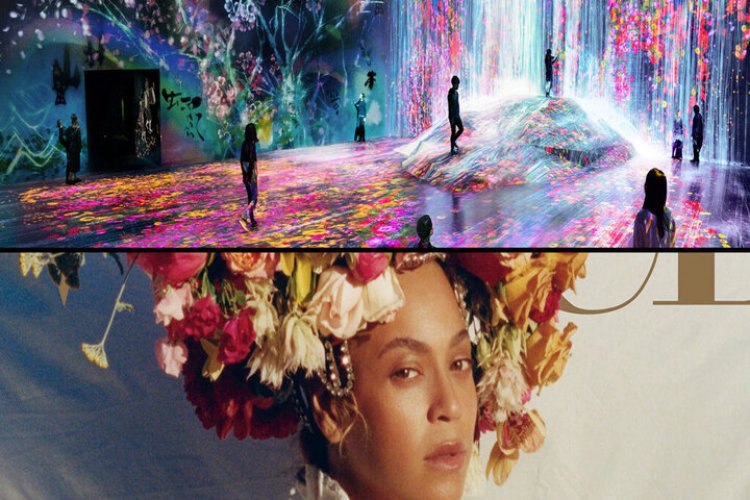For a global perspective on visual culture

Ficetola does a lot of research on salamanders. But with no salamander emojis available, it’s hard to send a quick message to his colleagues when he’s busy.
He realized he was not alone during the ecology conference, when an aquatic fungi expert lamented the lack of a digital icon for the microscopic organism.
So Ficetola and his colleague, Stefano Mammola, started working on a comprehensive survey of the animal and nature icons on Emojipedia, the global library of emojis widely recognized internationally. Their effort included finding how much of it represents the Earth’s “tree of life” — a metaphor and model that groups living entities and maps their evolutionary relationships.
Their research, published in the journal iScience, highlights what they called a bias in biodiversity research.
The study found that animals are better represented on Emojipedia, compared with plants, fungi and other organisms.
Though humans tend to have more empathy for living things that are closer to them, the results were concerning, Ficetola said. With people constantly on their phones, the scientists said, ensuring the emoji biodiversity of animals and organisms helps create awareness about unknown species — and efforts to save them.
“Communication is the first step. If people are aware that organisms exist, they start to appreciate them. And it’s much easier to communicate the importance of conserving them,” said Ficetola, a professor in environmental science and policy at the University of Milan.
“We as researchers or people who work on animal biodiversity, we use emojis often for our communications. And when we realized that plenty of animals are not (in the emoji library), we started to ask, what is missing or why is it missing?” Ficetola told. “This was important to help with communication on biodiversity.”
Faith Karimi



























